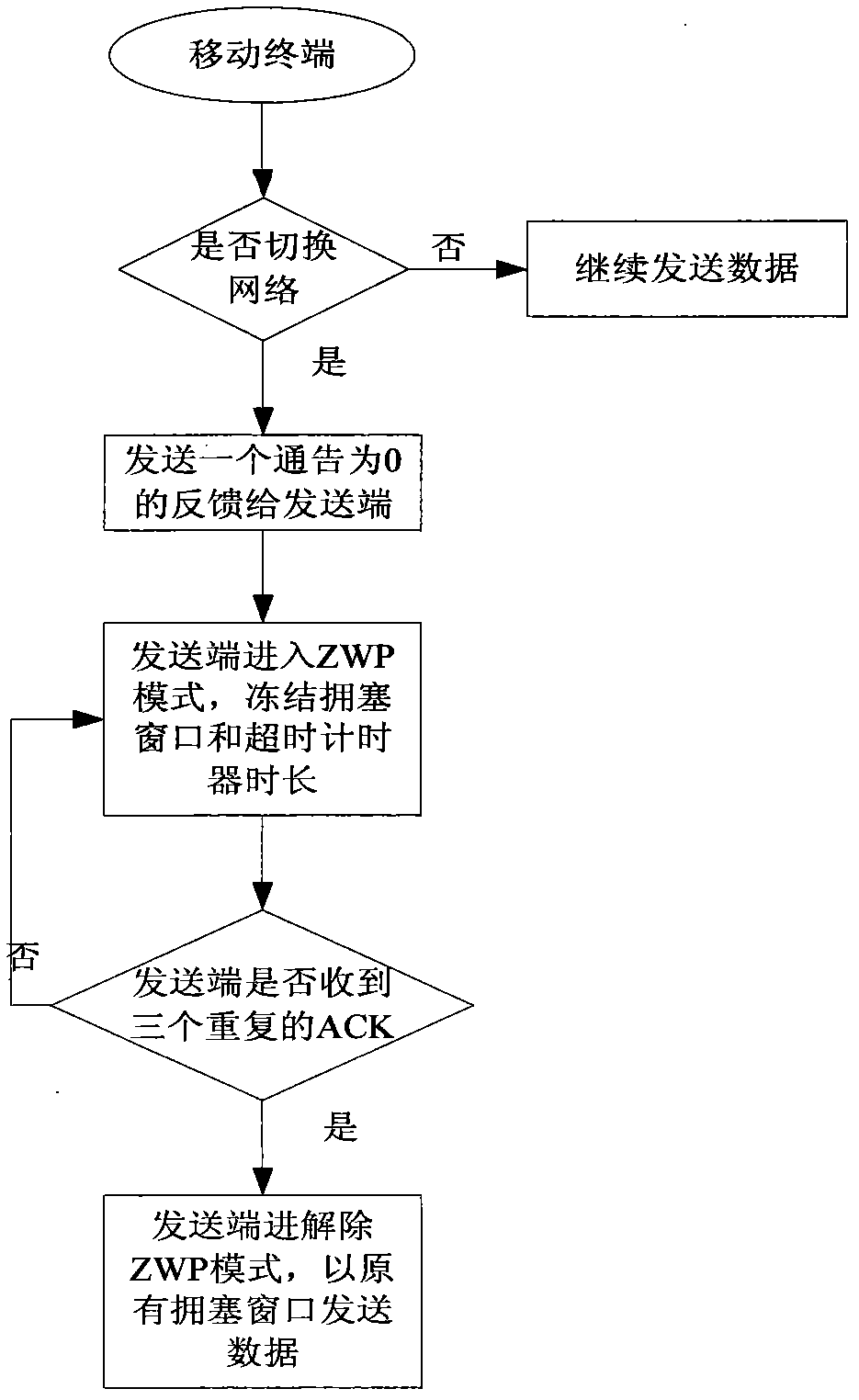Pervasive service-oriented adaptive network congestion control method
An adaptive network and congestion control technology, applied in data exchange networks, network traffic/resource management, digital transmission systems, etc., and can solve problems such as slow window growth rate, aggravating network congestion, and packet loss.
- Summary
- Abstract
- Description
- Claims
- Application Information
AI Technical Summary
Problems solved by technology
Method used
Image
Examples
Embodiment 1
[0031] Concrete technical scheme of the present invention is as follows:
[0032] 1. The source node sending information is constantly measuring the RTT of the target node receiving information. When the latest measured value RTT latest and the lowest recorded RTT of the round-trip time in history min Ratio of CS RTT =RTT latest / RTT min When it increases, it means that there are too many packets queued in the middle node of the network, which causes congestion. CS RTT It will be reported to the source node as a congestion signal, so that the source node sending the information can reduce the sending rate without waiting for the loss to occur.
[0033] The workflow of the existing Freeze-TCP method, such as figure 1 Shown: When the mobile device moves in the network, the energy of the wireless signal is monitored, and the upcoming network handover event of the mobile device is detected in time. When handover is about to happen, the mobile device sends a feedback to the i...
PUM
 Login to View More
Login to View More Abstract
Description
Claims
Application Information
 Login to View More
Login to View More - R&D
- Intellectual Property
- Life Sciences
- Materials
- Tech Scout
- Unparalleled Data Quality
- Higher Quality Content
- 60% Fewer Hallucinations
Browse by: Latest US Patents, China's latest patents, Technical Efficacy Thesaurus, Application Domain, Technology Topic, Popular Technical Reports.
© 2025 PatSnap. All rights reserved.Legal|Privacy policy|Modern Slavery Act Transparency Statement|Sitemap|About US| Contact US: help@patsnap.com



